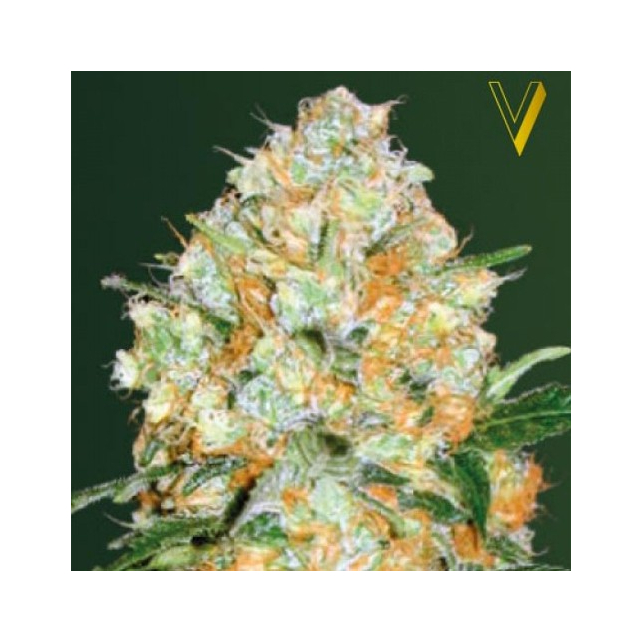

After the identification of the above-mentioned cannabinoids, research started on these compounds. Many of them are certainly artifacts originating during harvest, drying, and workup of cannabis plant. Today, 177 cannabinoid compounds are known in C. Psychotomimetically active compound of cannabis, THC, was fully characterized in 1964.

Decarboxylation product of cannabidiolic acid, cannabidiol (CBD), was fully identified in 1963. This compound in fact is an artifact, which originates from Δ 9-tetrahydrocannabinol (THC) in the plant resin and after plant harvest, storage, or heating.

The first cannabinoid compound isolated and identified from hemp was cannabinol. From that time, cannabis grown in Czechoslovakia (mostly the Czechoslovak chemotype Rastislavice) was used for the treatment in the Faculty hospital of Olomouc up to 1990. It was the first real cannabinoid isolated from C. They named the compound responsible for this effect cannabidiolic acid. Krejčí and Šantavý identified this antibiotic principle compound of cannabis, which is effective against gram-positive microorganisms and some pathogens. Back in 1954, the first scientific conference under “Cannabis as a medicine” was held in Olomouc, Czechoslovakia. Fortunately, in 1950, Krejčí from Czechoslovakia discovered antibiotic principle of cannabis and they started to use cannabis clinically at hospitals. Ĭannabis use as medicine goes back for thousands of years, but after the USA started to fight against it since 1937, it disappeared from pharmacopeias all over the world. Now, we have to “back in” to the efficacy to see what type of cannabis works for which medical conditions. (c) The cart before the horse – cannabis became legal and approved without standard clinical trials. Today, there are thousands of “strains,” many of which have similar names but cultivated in different climatic regions, and each with unique chemical ingredient profile that activates differently. Chemotypes are variants within a single botanical species. Chemotypes are plants of the same genus that are virtually identical in appearance but produce essential oil with different major constituents. Sometimes, people incorrectly referred to chemotype as strain, variety, cultivar, or chemovar. Cannabis in fact is a plant of over 1,000 chemical constituents, varying by chemotype (chemical phenotype) batch and crop. (b) Lack of standardization – since it is not a single-molecule drug. (a) Fear and stigma – 80 years of prohibition accompanied with negative propaganda. The main reason behind such growing interest is not the treatment of some serious illnesses with cannabis but rather the desire to get rich quickly.Īlthough medical cannabis in some countries is considered legal, it is not yet a pharmaceutical drug. Since the past 25 years, the interest in cannabis ( Cannabis sativa L.) has been growing extremely worldwide.


 0 kommentar(er)
0 kommentar(er)
